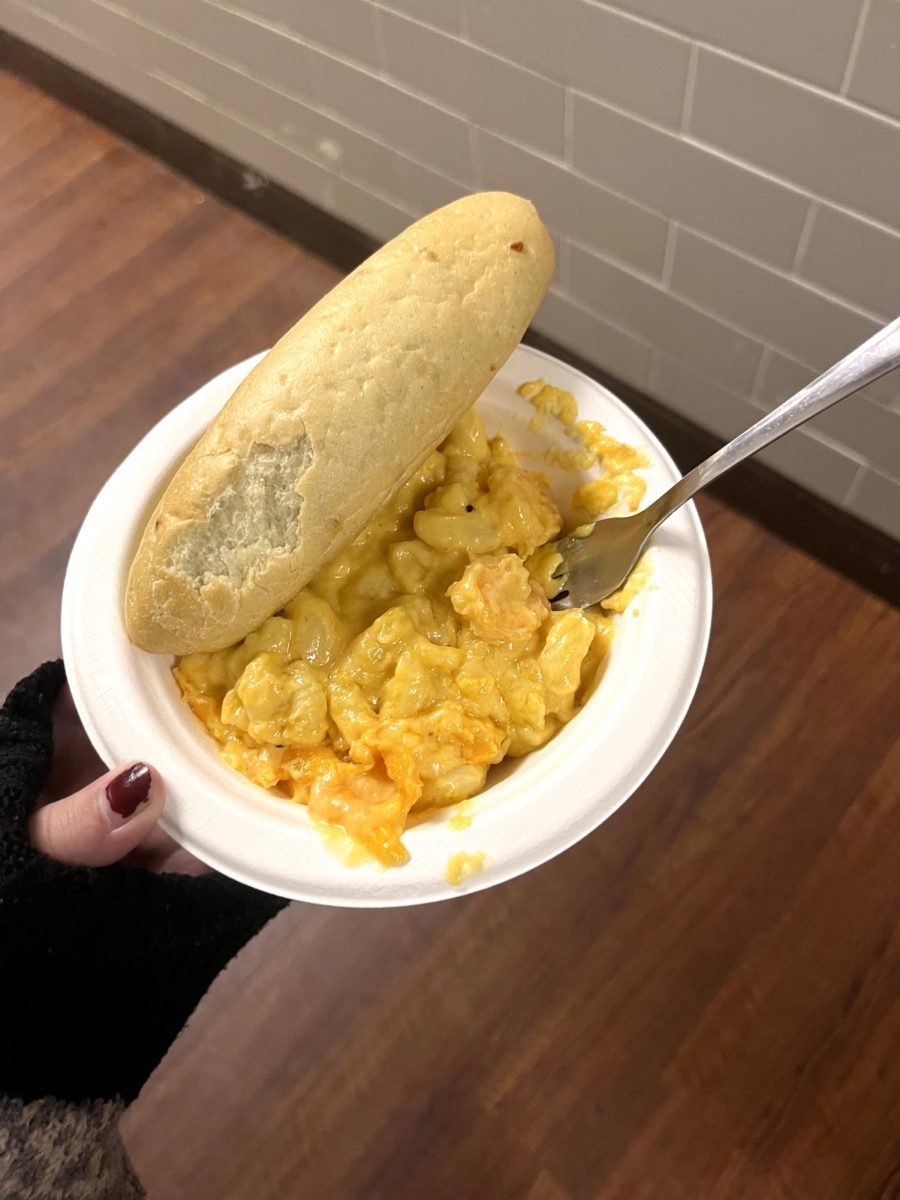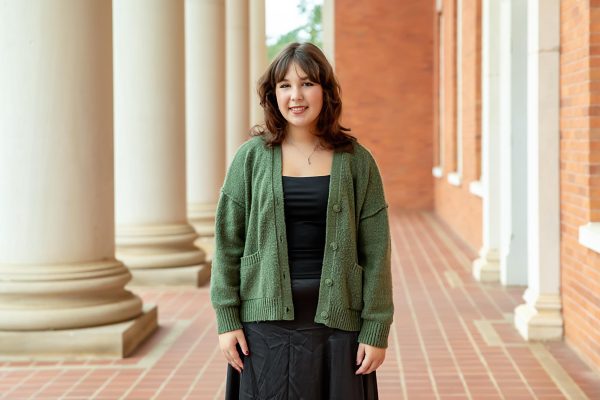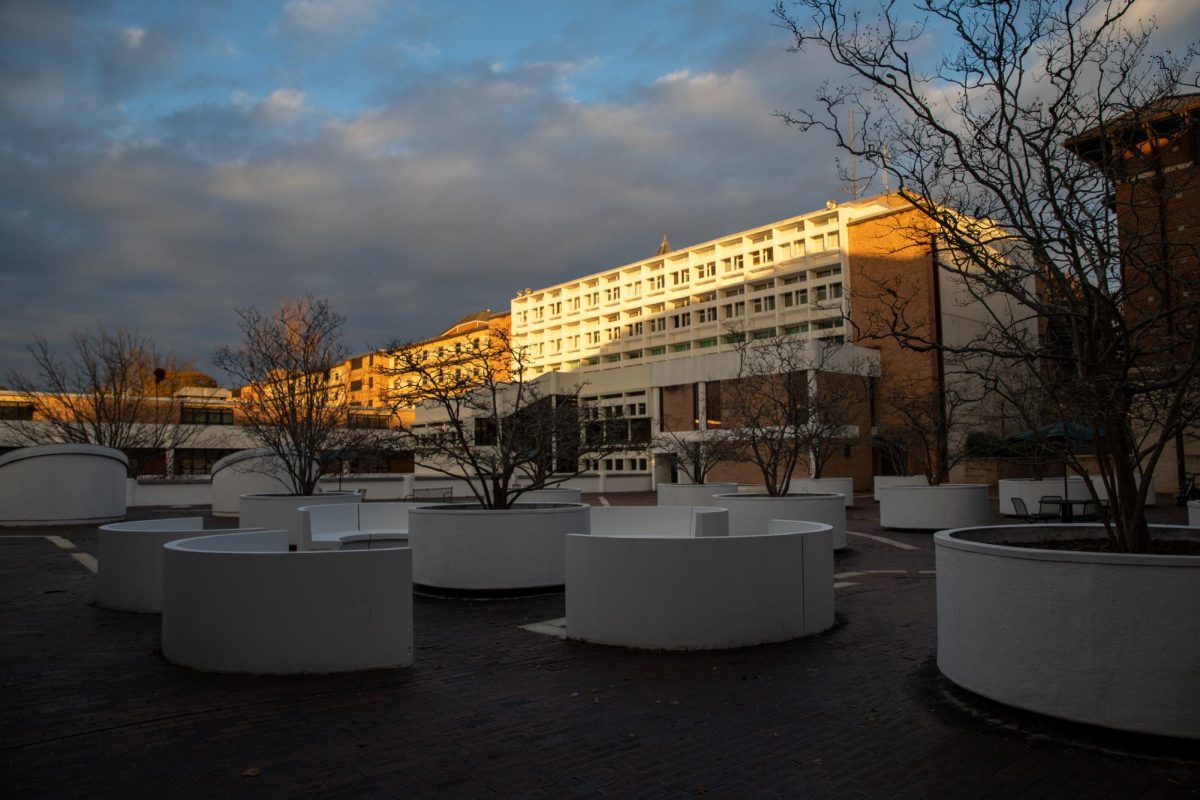As a student at Clemson who has a food allergy, I know, like many others, how vigilant I need to be to ensure that I am safe from an allergic reaction of any kind. My allergy is common, but not so common that I need to stick to the allergen-free station. Most of the time, I can eat at any station in any of the dining halls and have no problem. However, something I’ve noticed recently is how inconsistent the dining halls have been in helping those with food allergies.
I live in the high-rises, so my home base is Schilletter Dining Hall. I know many people have qualms with Schilletter, but personally, I love Schilletter. Most of the time, the food is delicious, the people working are super sweet, and they have fun theme days, which make up for the fact that it is not a crowd favorite.
But recently, I’ve noticed how much Schilletter and other dining halls around campus love seafood. While I have no problem with the occasional catfish or cod, my problem is centered around the shellfish — specifically shrimp.
While I may be allergic to shellfish, I am all for people eating what they love. Of course, I support shellfish in the dining halls, but my problem is the lack of signage.
A few weeks ago, I went to eat some macaroni and cheese at the Destinations station at Schilletter, and you can imagine my surprise when I lifted the fork to my mouth and found a shrimp hidden in the cheese. There was no sign at the station indicating what it was, so I assumed it was something safe to eat, but it was not. While the correct menu item was listed on the The Dish website, I don’t always think I should check it before heading to the dining halls, as I’m sure many don’t.
Ignoring that I could have simply checked online, another problem I’ve noticed with increased frequency is food in the dining halls not listed on The Dish online. Typically, it’s something seemingly innocent, like banana pudding or potatoes, and it can be a nice surprise.
However, for those who have allergies, these surprises aren’t always the most fun surprises. There have been many times I’ve gone to the confectionary station and seen something that I’m not quite sure what it is.
I recommend that the dining halls on campus pay closer attention to putting the correct signs indicating the correct food. This allows students to rest more easily and not have to stress about whether or not the mystery food they are eating is safe for them to eat or not.
Lauren Douda is a freshman secondary education and English major from Lexington, South Carolina. Lauren can be reached at [email protected]










